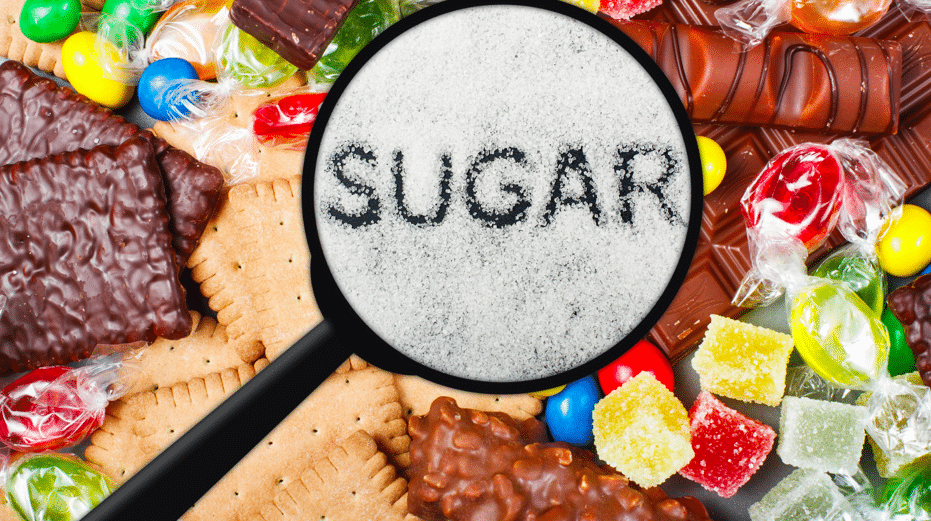Healthy Eating Habits For Children Interview With Amy Kimberlain |

In an interview with the Health Channel, Amy Kimberlain, Registered Dietitian with Baptist Health South Florida, gives advice to parents on how to help their child form healthy eating habits.
Amy recommends that you have at least one family meal per week, even if it is not with the full family. “Even if one child is going off to soccer practice and mom’s with that child, maybe they need to be eating together,” Amy says. While it is best to incorporate the entire family for mealtimes, the most important thing is to make sure the child is not eating by themselves at least once a week, ideally once a day.
Studies show that family meals correlate with better performance in school, stronger family relationships, and healthier eating. “Obviously, you’re talking about the day and what happened, the good and the bad. It’s a way to communicate with the kids and find out what they’re going through. It’s also exposure to foods and possibly now they’re eating healthier. A lot of great benefits from eating together as a family,” Amy explains. A child’s physical health is not the only aspect of their wellbeing, their social and mental health is just as important. Meals with family can help reinforce a child’s social wellness.
Amy then begins to talk about how difficult it can get to regulate a child’s sugar intake. “There’s so many snacks to choose from and it’s easy to grab and go with sweets in vending machines. One chocolate bar alone can have 25 grams of added sugar and four cookies can have 34 grams. Everything seems to have sugar. We can’t escape it and it all adds up fast,” Amy warns.
School aged children should be having less than 25 grams, or six teaspoons, of added sugars a day. Added sugars are different from natural sugars, which do not apply to the less than 25 grams rule. Sources of natural sugars are fruit and milk. Added sugars are things like white, table sugar, honey, maple syrup, and molasses. “I tell people to really go home and look in the pantry and start adding up how much sugar you’re having. I think sometimes people don’t realize how much they’re taking in and you need a starting point. If you know how much you’re taking in, you can begin to lessen the amount,” Amy suggests.
More videos about healthy eating habits for children: https://youtu.be/Flk0ntzL4D0








